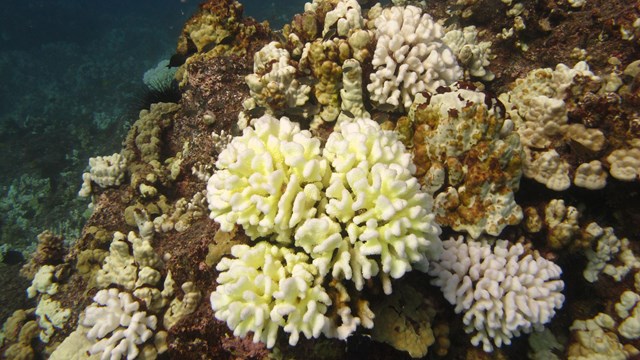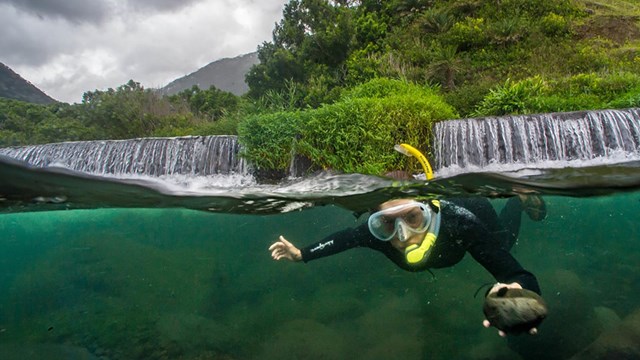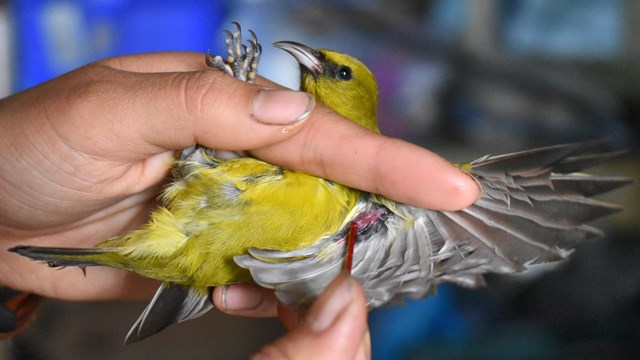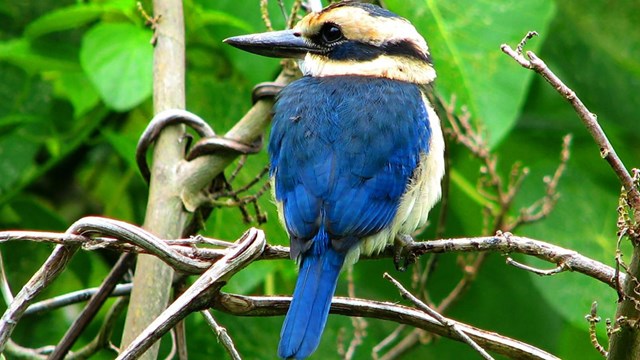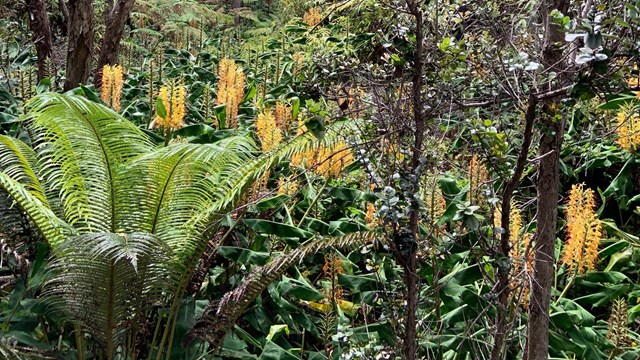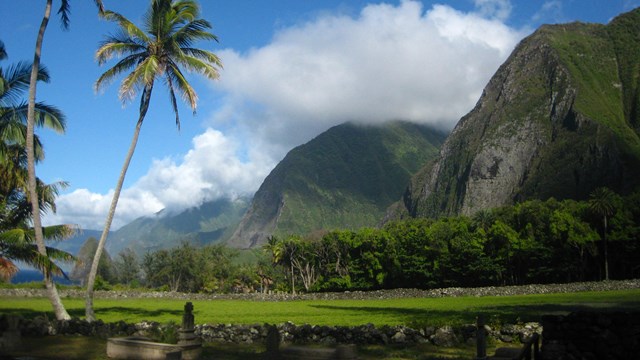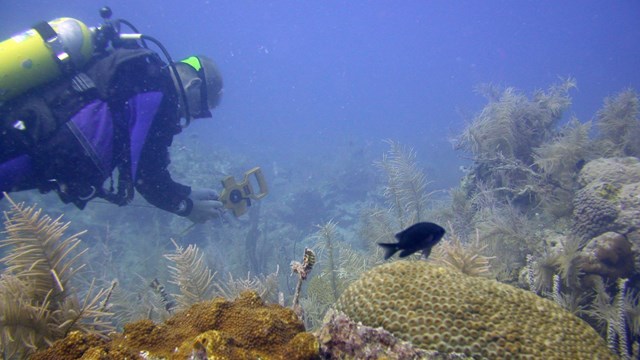Aloha, Talofa, Greetings, Tirow, Hafa adai
There are many ways to welcome you to the National Park Service's only island network, which spans thousands of miles in the tropics of the south and central Pacific Ocean.
Dotted with a handful of national park units, the Pacific Island Inventory & Monitoring Network includes 11 protected areas on the naturally and culturally rich islands and archipelagoes of Hawai‘i, American Samoa, Guam, and the Northern Mariana Islands.
The Pacific Island Inventory & Monitoring Network is one of 32 National Park Service I&M Networks across the country that conduct natural resource inventories and long-term monitoring.
Explore these pages to learn more about the information we gather and what we're learning about America's parks in the Pacific.

